Male training partners gaining popularity among Super Netball competition
As Super Netball looks to lift its “intensity and ferocity” across the league, the signing of male training partners are increasing in popularity, with West Coast Fever coach Dan Ryan leading the way.
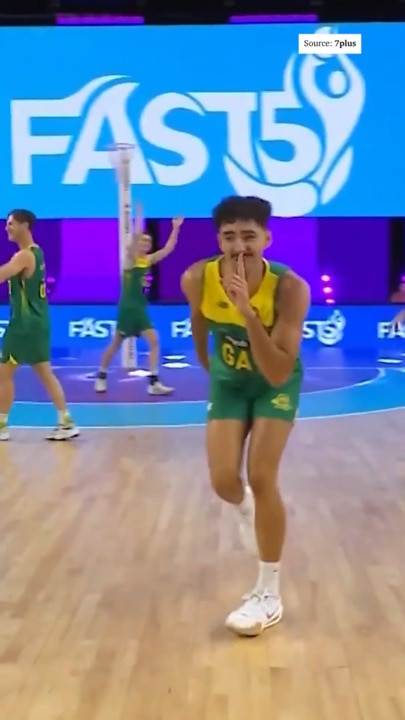
Super Netball clubs are increasingly turning to male training partners, a move helping lift the “intensity and ferocity” of the competition with their added physicality, according to one championship-winning coach.
A Code Sport analysis found three of the league’s eight Super Netball franchises have now signed up male training partners to work with their squads.
Those clubs without formally signed training partners also regularly draft in state men’s teams for competitive hit-outs.
West Coast Fever, coached by former Australian men’s player Dan Ryan, has been a league frontrunner adopting male training partners.
The Fever has had a regular group of male training partners for several years and will this season have four - yet to be announced - male players training with the squad.
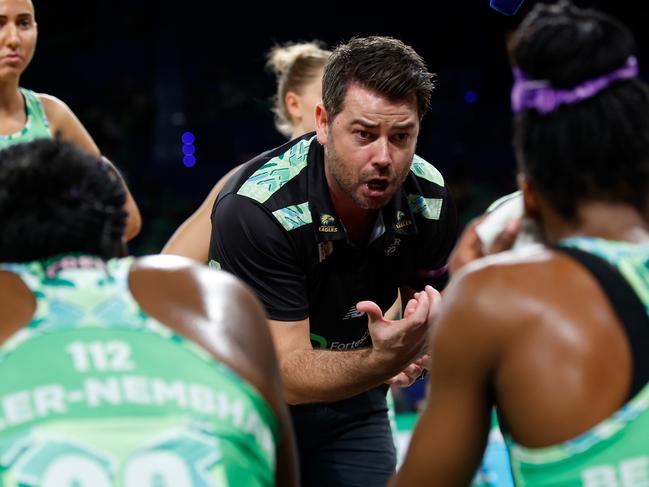
Defending champions Adelaide Thunderbirds late last year announced they had signed their inaugural male training partner for 2025, young South Australian attacker Aalen Davis.
Sunshine Coast Lightning will have three male extended squad members - Jordon Webb and Lachlan Carter, the club’s first official male squad members last season, and James Schmarr for this year.
Giants netball have Australian Kelpies player Liam Forcadilla come to training regularly and will often call on select NSW men’s players to help with match-ups ahead of Super Netball games.
The Melbourne Vixens, Melbourne Mavericks, Queensland Firebirds and NSW Swifts do not have any men formally signed as training partners, but will regularly bring in the Victorian, Queensland and NSW men’s sides for match practice throughout the pre-season and season proper.
Ryan, who captained both the Victorian and Australian men’s teams, said the addition of the men to the Fever training environment created a “huge competitive advantage” with their added physicality and the challenges their different playing style brought.
“What they bring to the daily training environment from an energy perspective, intensity, challenge, physicality is just a great benefit to preparing our players and our team for the rigours of an SSN season,” Ryan said.
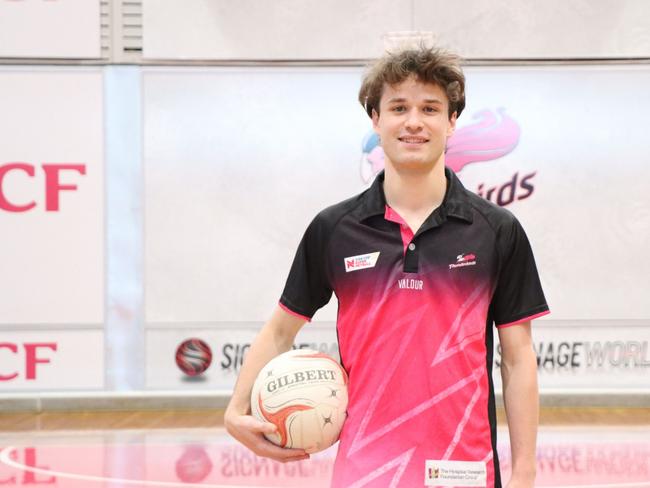
“Whilst the men play the game very differently to the women, the men’s game really forces you to work on different skills that actually become really important throughout the course of the season.
“That variety we have in the training environment is critical because I’m a big believer that what the training environment looks like day-to-day, actually is a reflection of the quality of how you perform on game day.”
Explaining the differences between the playing styles, Ryan said the men tended to adopt more of a space defence and swinging ball movement in addition to their physical strengths, which forced the women to concentrate on various aspects of their game.
“The movements that you make as an attacker (against the men) have to be really sharp and purposeful,” Ryan said.
“Obviously your aggression onto the ball has to be super strong because their closing speed and strength is pretty impressive.
“They have got a great ability to move a ball really quickly and swing it from one side of the court to the other, which is a little bit different to the women’s game, so defensively it makes you really concentrate on your ability to contain and slow down an opposition.
“And basically because of the size that they are at times and their elevation, it really makes you focus in on the finer skills like pass placement, craft, deception, all those types of little things that sometimes you can take for granted.”
Webb, an attacking midcourter and goal attack, said training with the Lightning was mutually beneficial, with his presence boosting the skills of the Lightning players as well as his own game.
“That exposure to the elite pathways (is something) that sometimes we don’t get in our men’s game,” Webb said.
“But when it comes to the women, they have access to the high performance trainers and the best coaches, and when they can commit to it as a full-time job, they create such a strong, competitive environment, so it’s amazing to be a part of that.”
The Australian U23 captain, Webb is often a direct opponent of Australian captain Liz Watson and defender Courtney Bruce at training, two of the best players in the world.
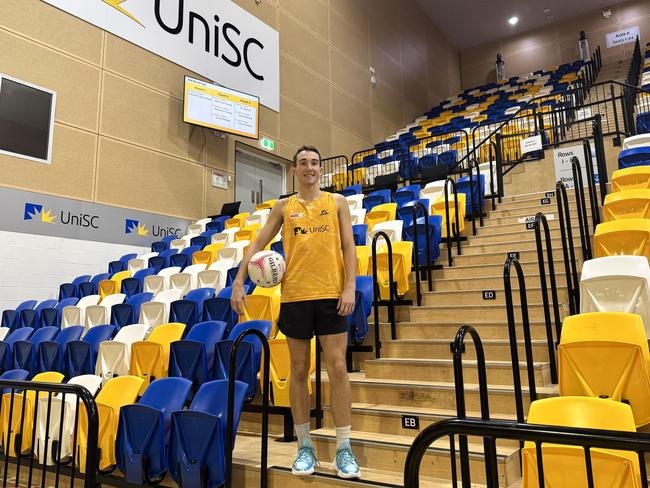
While it’s helped his own game, his speed and aerial ability also challenges the women, while he and male clubmates, fellow Queensland Suns player Carter and Sunshine Coast local Schmarr often role play the Lightning’s upcoming Super Netball opponents to help prepare for matches.
“Something in my game is my speed, which is something that (coach Belinda Reynolds) loves that I can bring that across the key positions,” Webb said.
“Especially in-season, you may play a bit more like who they’re going to play that week.
“So if they were going to play the Vixens, then you’d play a bit more Kiera Austin-esque. It’s never to take away from my style of netball but really to push the playing 10.”
Ryan said training with and against the men had been “absolutely pivotal” in the Fever’s premiership campaign in 2022 and had little doubt the men were helping lift the “intensity and ferocity” of Super Netball.
“At the time the four male training partners that we had were four of the best men’s players in Australia at the top of their game,” Ryan said.
“So whenever we had drills or match simulation or scrimmage in our training environment it was of the intensity and ferocity of what it feels like on an SSN court.
“That’s the best way to prepare your team and the men have certainly played a critical part in that.”



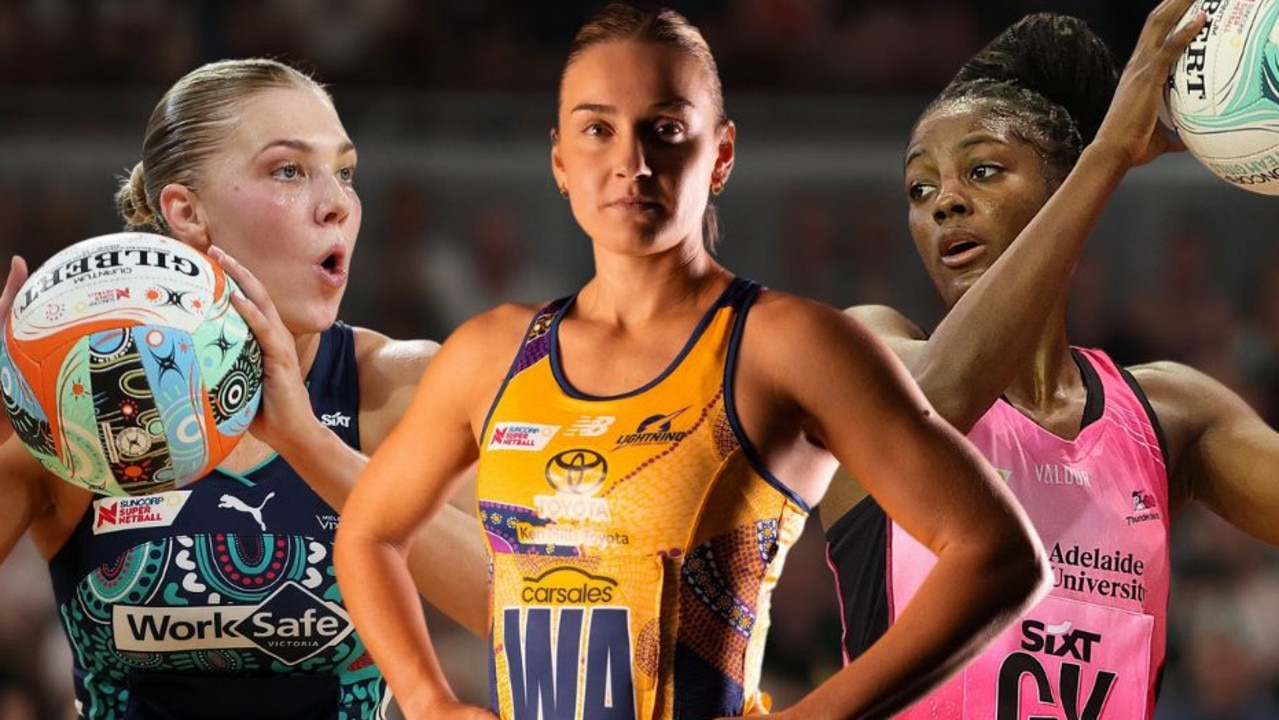
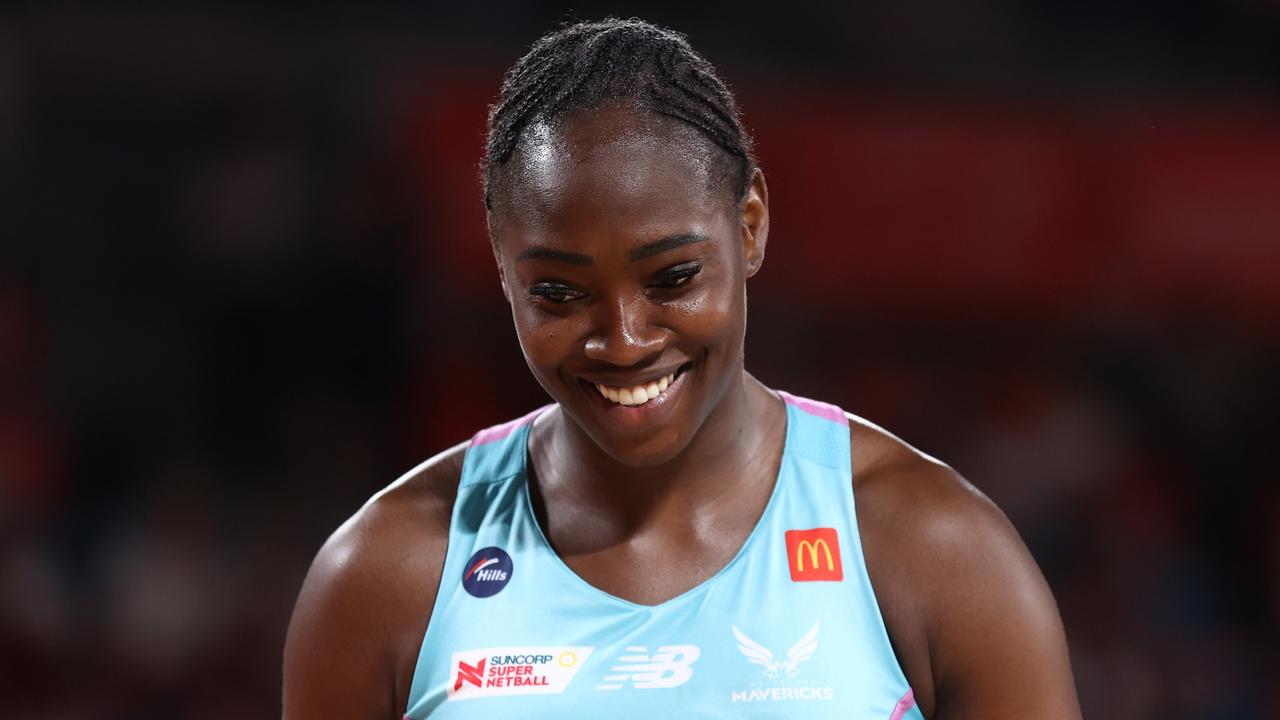
To join the conversation, please log in. Don't have an account? Register
Join the conversation, you are commenting as Logout